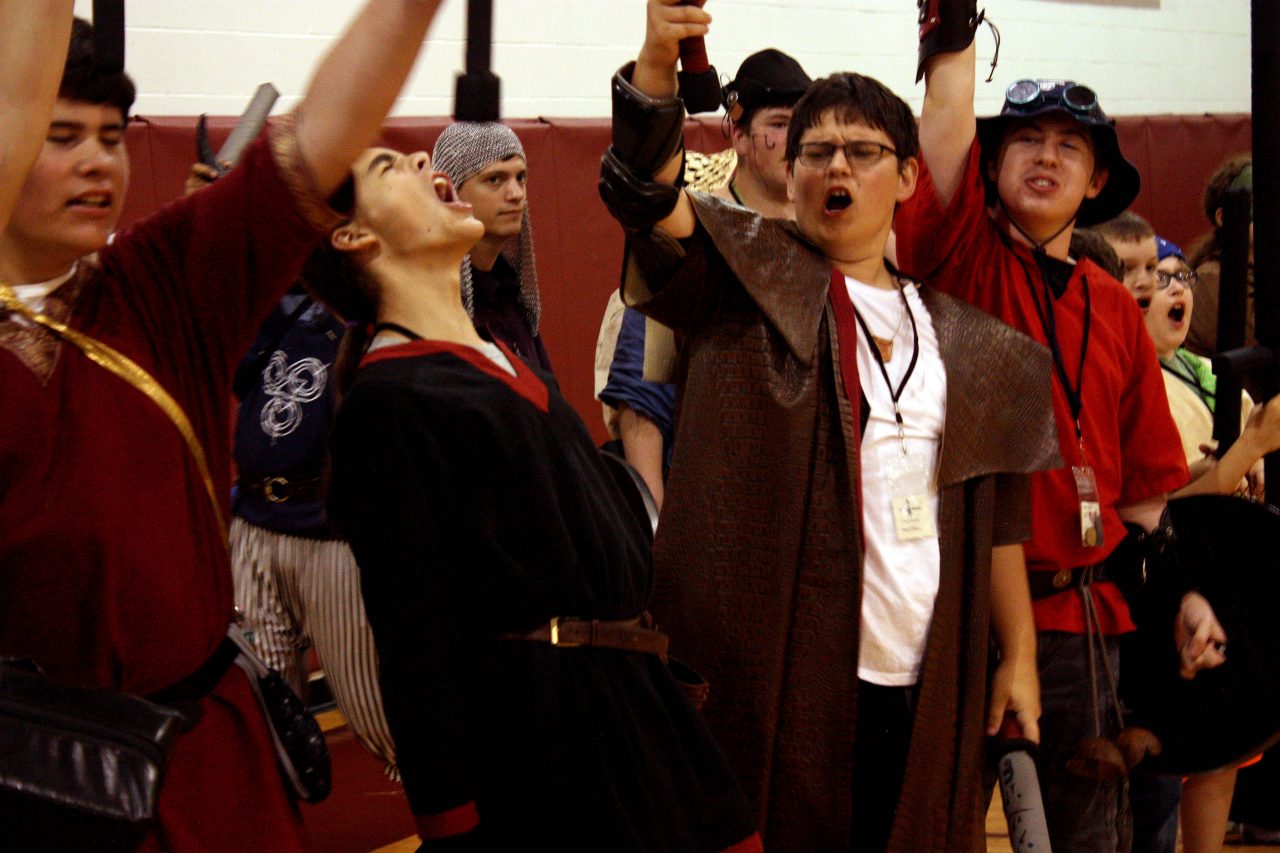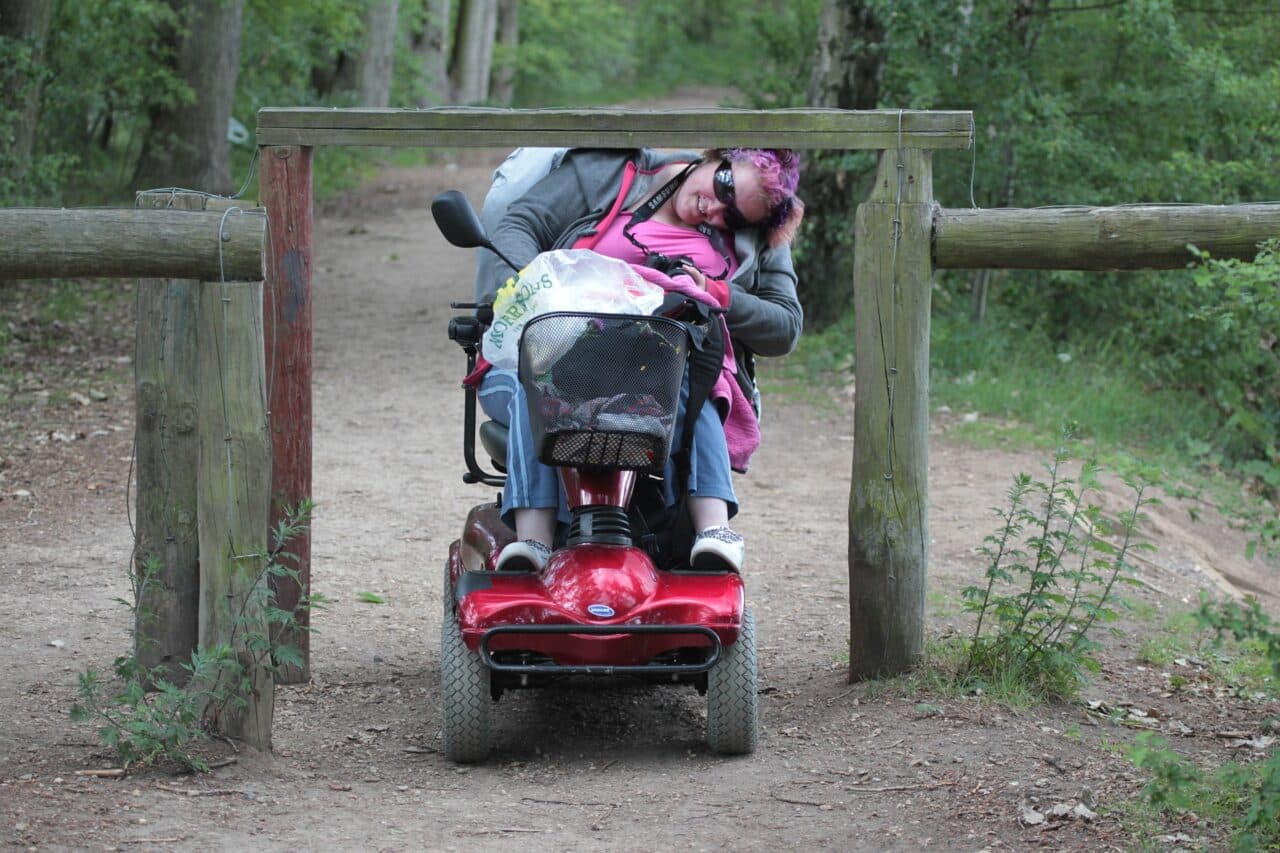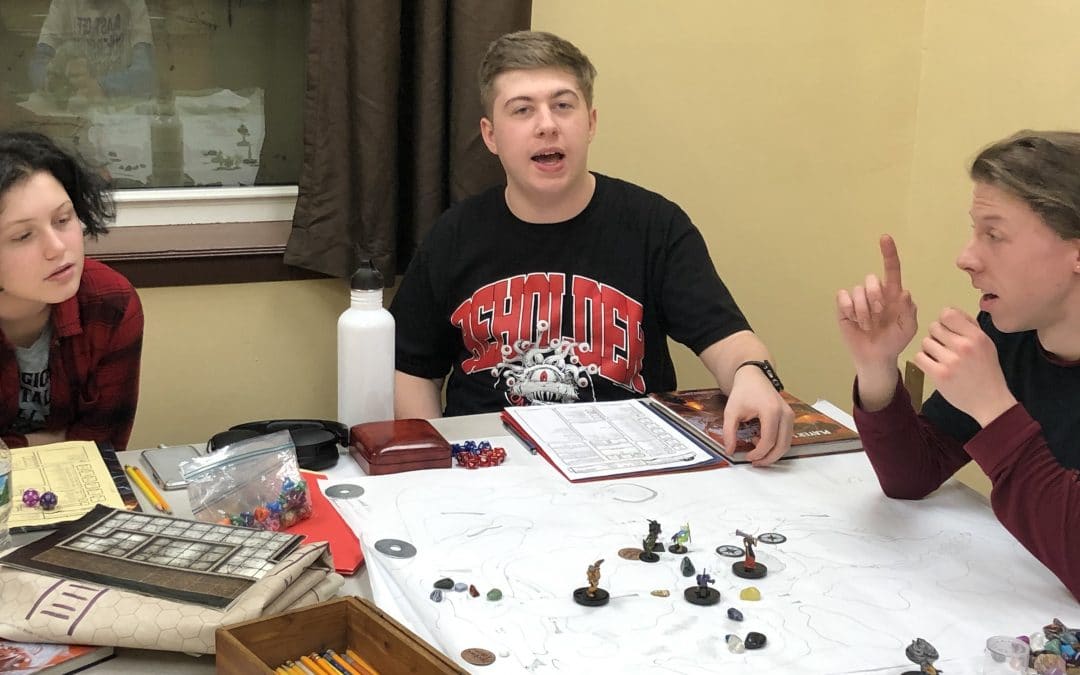Live Action Role Playing, or LARP, is a fun and engaging way to immerse your campers in a world of stories and adventure. Running a LARP at your summer camp can be an exceptional program for increasing camper retention and creating a sense of community among campers.
Campers who participate in LARPing are often more invested in the camp experience, and in our experience, are more likely to return year after year. Here are some of the ways that offering a LARP program can increase camper retention:
-
Immersive Storytelling
LARPing provides campers with an opportunity to fully immerse themselves in a fictional world. When you create an engaging storyline and safe but exciting interactions where campers have a sense of agency, there is an increase in the camper’s desire to return year after year to see how the story evolves as well as their own role within it.
-
Positive Peer Interaction
LARPing requires teamwork and collaboration, which can promote positive peer interaction. This type of positive interaction can create a sense of belonging and community among your campers, many of whom may not fit the classic summer camp programming based in sports or hiking. Connecting to others who are like them can give them a sense of belonging and elevate the camp experience. These interactions can also be made more effective when the LARP you design is inclusive and accessible. When you take the time to design activities (including LARPs) to be inclusive and accessible, you will attract more campers and people of various lived experiences.
-
Encourages Creativity and Imagination
Campers who participate in LARPing are constantly exposed to an activity that requires creativity and imagination – in fact, it’s the common foundation of all LARPs. This can contribute to the overall development of your campers while also giving them an encouraging outlet for trying out new ideas.
-
Teaches Problem-Solving Skills
LARPing requires campers to think on their feet and come up with creative solutions to problems. This type of problem-solving can be a valuable skill that your campers can transfer into other areas of their lives, while also having a positive impact on their confidence and self-esteem.
-
Fosters a Sense of Belonging
By participating in a shared experience, campers can feel like they are part of a group, which can be especially important for campers who may be shy or introverted. As mentioned above in #2 positive peer interactions add one-on-one connection… but when everyone in your program has a passion for the adventure and their role in it, this sense of belonging and community is greatly enhanced.
-
Learning
Education is always a value-add for any summer camp program. But when education (either STEM or Social Emotional Learning) is integrated into a LARP, the learning becomes exciting and memorable. When an 8 year old needs to learn Newton’s Laws of Physics in order to cast her first level spells as a wizard, she may be inspired to seek out higher level science classes or even a career path in STEM. As well, parents consider education as a high value-add in the camp experience, especially if it can address summertime “Learning Loss”. This makes the parents or guardians (who pay the camp tuition) more likely to consider returning their child to a LARP camp.
-
Year-Round-Engagement
You can also run LARPs online during the off-season. Some game systems provide instructions on how to convert your LARP into an online adventure which means you can schedule a few Zoom sessions where campers can see their friends and play their character in a supplemental adventure that encourages them to sign up for the next season right away. It also helps to drop hints during these online adventures that can be useful for when they return to camp.
These are just a few of the ways that a LARP program can increase your camper retention. Of course, most retention doesn’t just come from the kind of programs you provide… but the quality of the experiences within those programs. Make certain that your LARP is engaging, safe, accessible, and perhaps educational, and you should notice more campers coming back to your camp year after year.
About: Guardian Adventures provides free and licensed educational games, adventures, and LARP systems for summer camps, schools, and recreation organizations.










